Polestar 2's quiet automotive revolution
With the Polestar 2, the innovative automotive company continues to bolster its connection to the wider design industry, as seen here through the lens of photographer Leon Chew
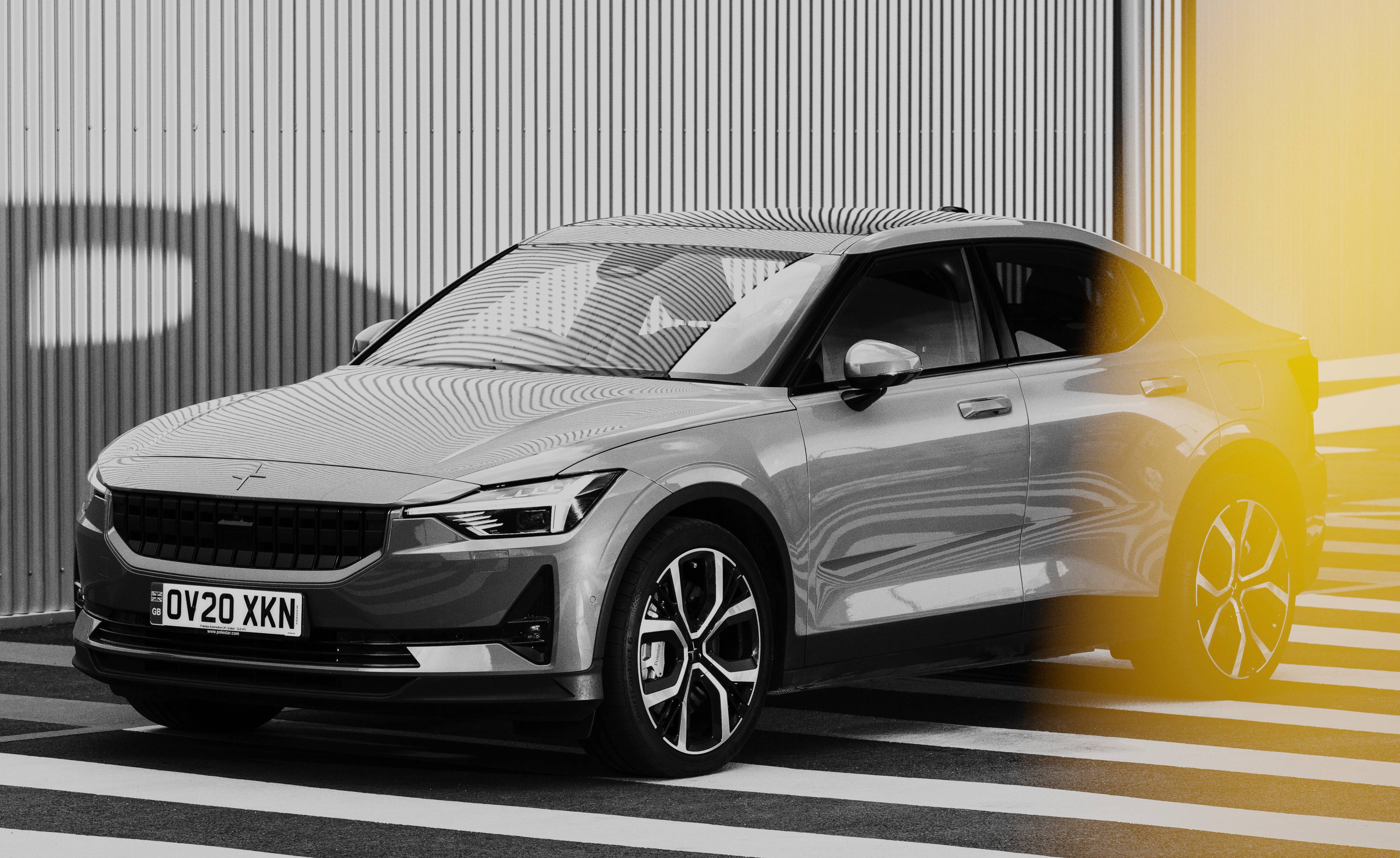
Leon Chew - Photography
Is the Polestar the best all-round electric car on the market? It’s not the fastest, nor does it have the longest range. Nor is it the cheapest, or most compact, or even the most spacious for that matter. And yet the Polestar 2 is fully formed and almost entirely without compromise, a sensible four-door fastback that is pure electric without being overbearingly smug, with quiet leanings towards the avant-garde.
We’ve written before about how Polestar is re-setting the rules of car ownership, with online buying as standard. The company continues to bolster its connection to the wider design industry, with far-reaching projects and collaborations, including with our good selves with the Hydro-Truck project for Wallpaper* Re-Made, developed by designer Konstantin Grcic together with aluminium producer Hydro, e-motorbike pioneer Cake.
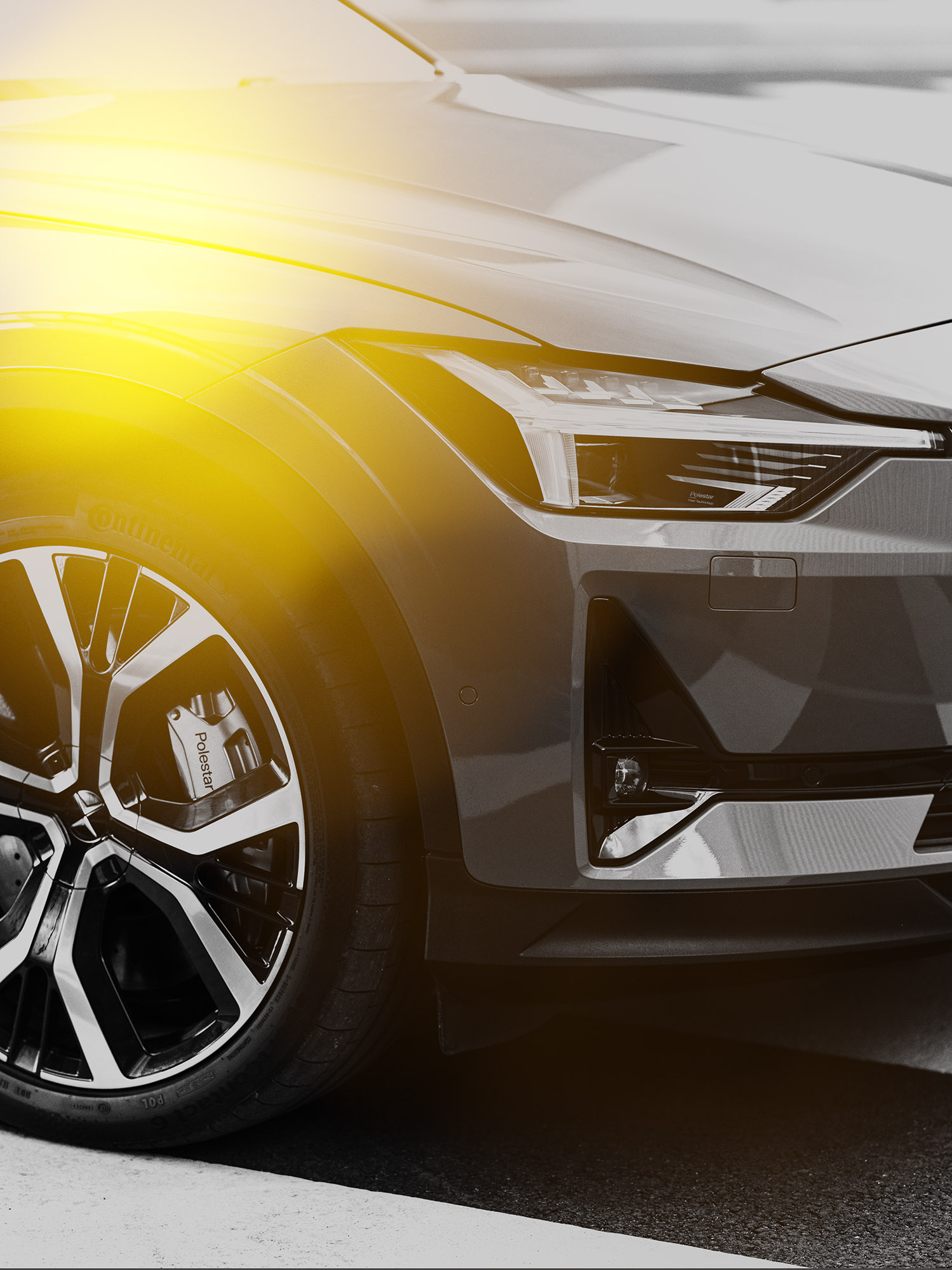
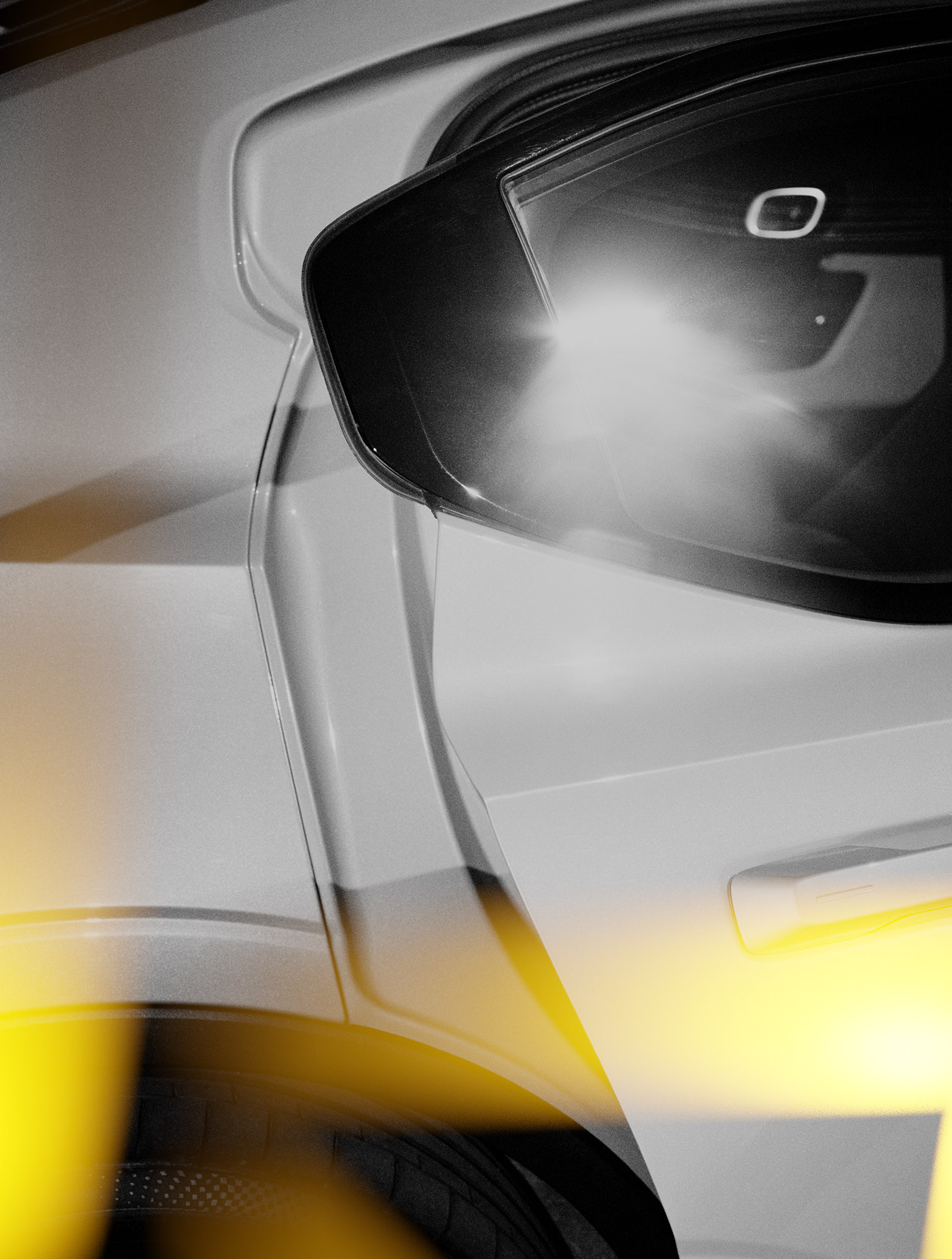
Future products include the sleek Precept but right now the company’s focus is the Polestar 2. If you’re sensitive to forms and proportions, the 2 might have a ring of familiarity about it; Polestar is closely related to Volvo, for both brands are part of the enormous Geely Auto Group. That’s not all, for Volvo’s former Head of Design, Thomas Ingenlath, has made a rare move into management as Polestar’s first CEO, ensuring that a design-led approach drives everything the company does.
The Polestar 2 shares a chunky solidity with its Swedish partner, a character trait that has defined Volvos for generations and remains a fundamental part of their safety story. Could the new company tried to have fallen a bit further from the tree? That might have been a problem if Volvo design was in any way compromised, but both companies are at the top of their game right now. The Polestar 2 is a reassuring thing to drive and to own, offering up the silky smooth electric driving experience with controls that are nicely weighted. The car punches above its weight dynamically, and the dash is pared back without being excessively minimalist. These are all elements that Volvo has been pushing hard for the past decade. The established Swedish firm, which was bought by Geely in 2010, has won plaudits for its focus on quality over quantity and safety and style over performance.
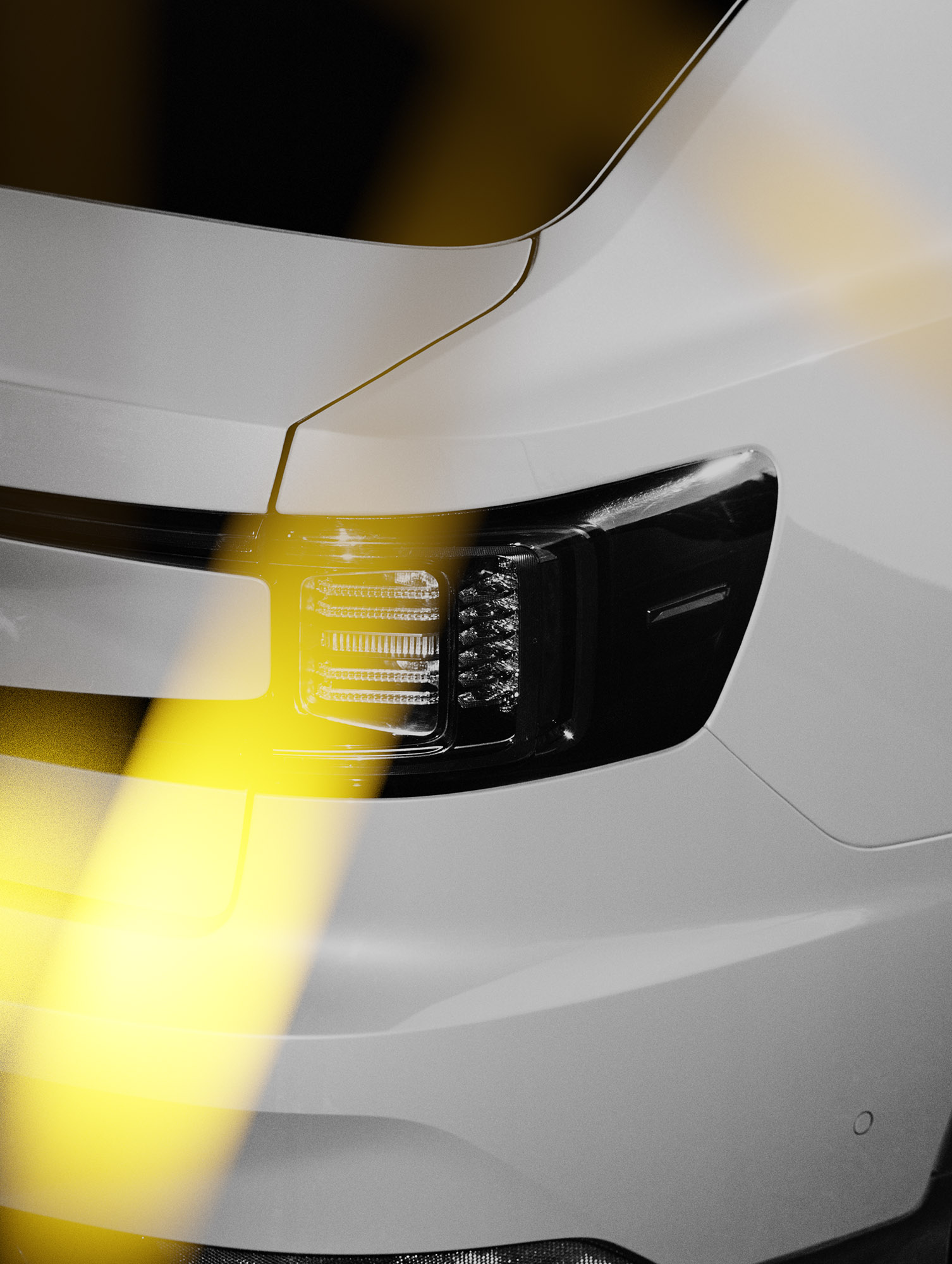
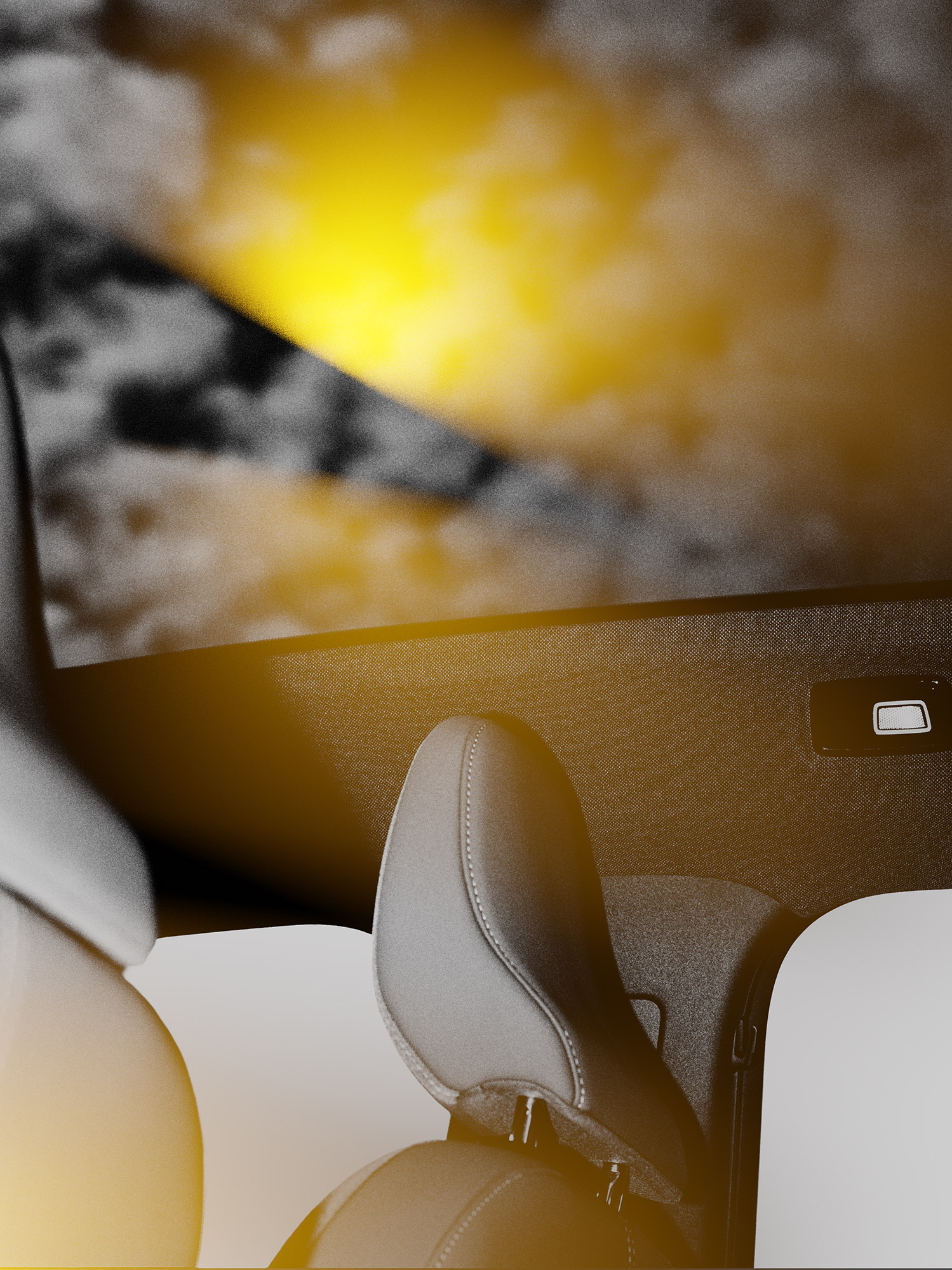
Polestar 2 shares these values and ramps up the connection between conventional automotive design and product design, using things like vegan textiles, frameless mirrors, keyless entry, over-the-air updates for the excellent in-car systems and three different battery pack options. A new hook-up with Harmon Kardon brings a bespoke audio system to the model as well. The max range on offer is an impressive 335 miles, while even the ‘standard’ car will achieve a perfectly respectable 260 miles, well up on the outputs of the Polestar 2’s larger, more SUV-shaped competitors. In its quest for credibility and customer-friendliness, Polestar is clearly targeting Tesla; it already comfortably leads the Californian company in quality and detail design.
The curve of EV take-up seems to be reaching a plateau of acceptance. Just 18 months ago, early adopters were still struggling up these steep slopes. Although most of them were thoroughly enjoying themselves, the majority of car buyers sat around at base camp and fretted about things like range and vowed not to join them. There’s scarcely a volume manufacturer to be found without an EV in its range, and although Polestar and Tesla are the only two specialist EV companies in the running at the moment, that will rapidly change. Polestar is being admirably and aggressively honest about the lifecycle issues surrounding EVs, and has stated its intention of reaching climate neutrality by 2030 – without ‘copping out’ to carbon off-setting, in the outspoken words of Ingenlath. That’s in marked contrast to Tesla, which makes the bulk of its profits from selling carbon credits, not cars. A recent innovation is the announcement that supply chains are to be scrutinised, especially for metals and minerals like nickel, mica, manganese, graphite and lithium that have become essential to battery production.
Through thinking differently, pacing themselves and not making any outlandish promises, Polestar has manoeuvered itself into a very strong position in the burgeoning world of EVs. As Volvo finally gets in on the electric action with its new XC40 and forthcoming C40, it’s exciting to see where these two companies are going to take us.
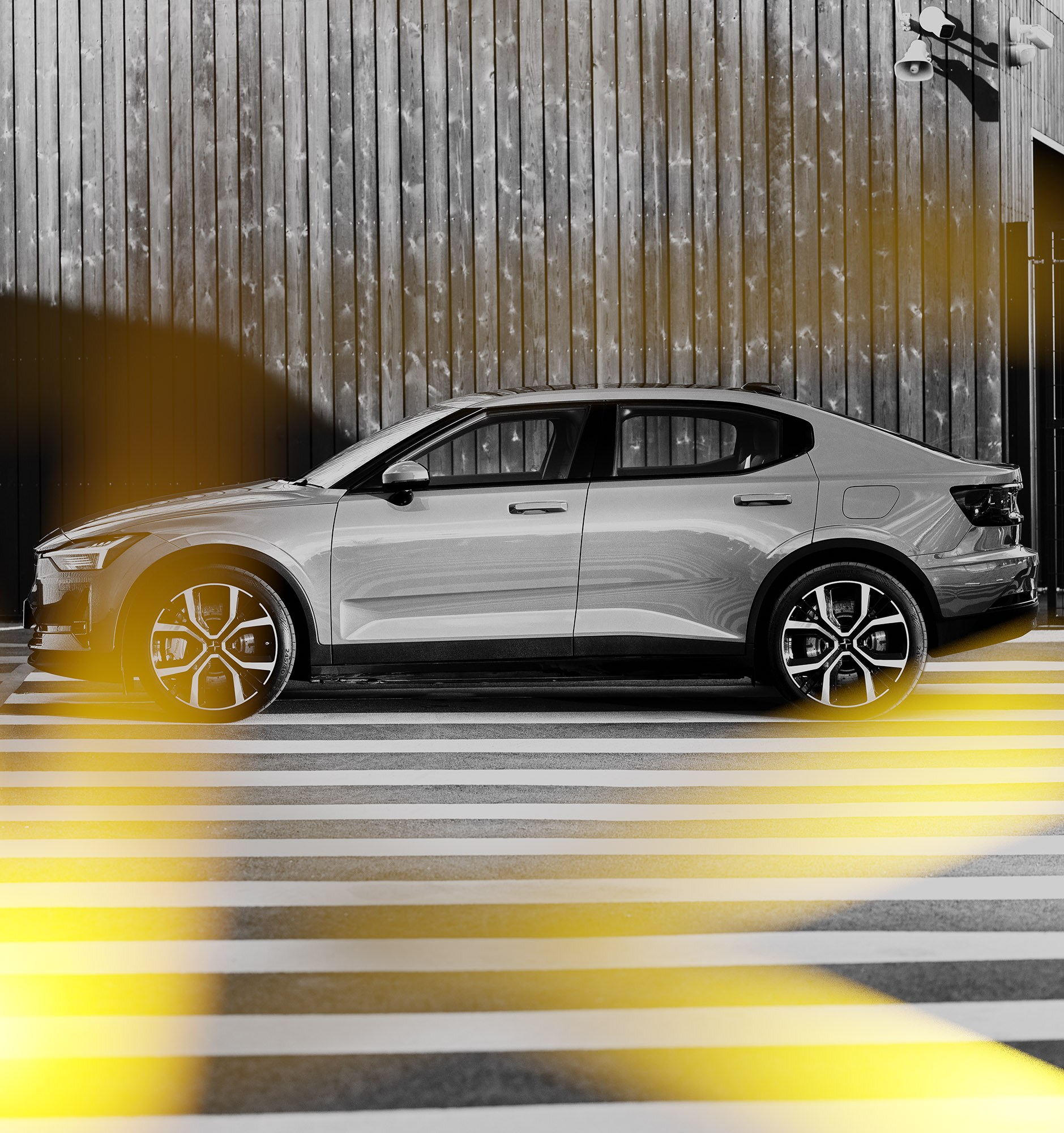
All photography: Leon Chew
INFORMATION
Polestar 2, from £39,900. polestar.com
Wallpaper* Newsletter
Receive our daily digest of inspiration, escapism and design stories from around the world direct to your inbox.
Jonathan Bell has written for Wallpaper* magazine since 1999, covering everything from architecture and transport design to books, tech and graphic design. He is now the magazine’s Transport and Technology Editor. Jonathan has written and edited 15 books, including Concept Car Design, 21st Century House, and The New Modern House. He is also the host of Wallpaper’s first podcast.
-
 Nikos Koulis brings a cool wearability to high jewellery
Nikos Koulis brings a cool wearability to high jewelleryNikos Koulis experiments with unusual diamond cuts and modern materials in a new collection, ‘Wish’
By Hannah Silver
-
 A Xingfa cement factory’s reimagining breathes new life into an abandoned industrial site
A Xingfa cement factory’s reimagining breathes new life into an abandoned industrial siteWe tour the Xingfa cement factory in China, where a redesign by landscape specialist SWA Group completely transforms an old industrial site into a lush park
By Daven Wu
-
 Put these emerging artists on your radar
Put these emerging artists on your radarThis crop of six new talents is poised to shake up the art world. Get to know them now
By Tianna Williams
-
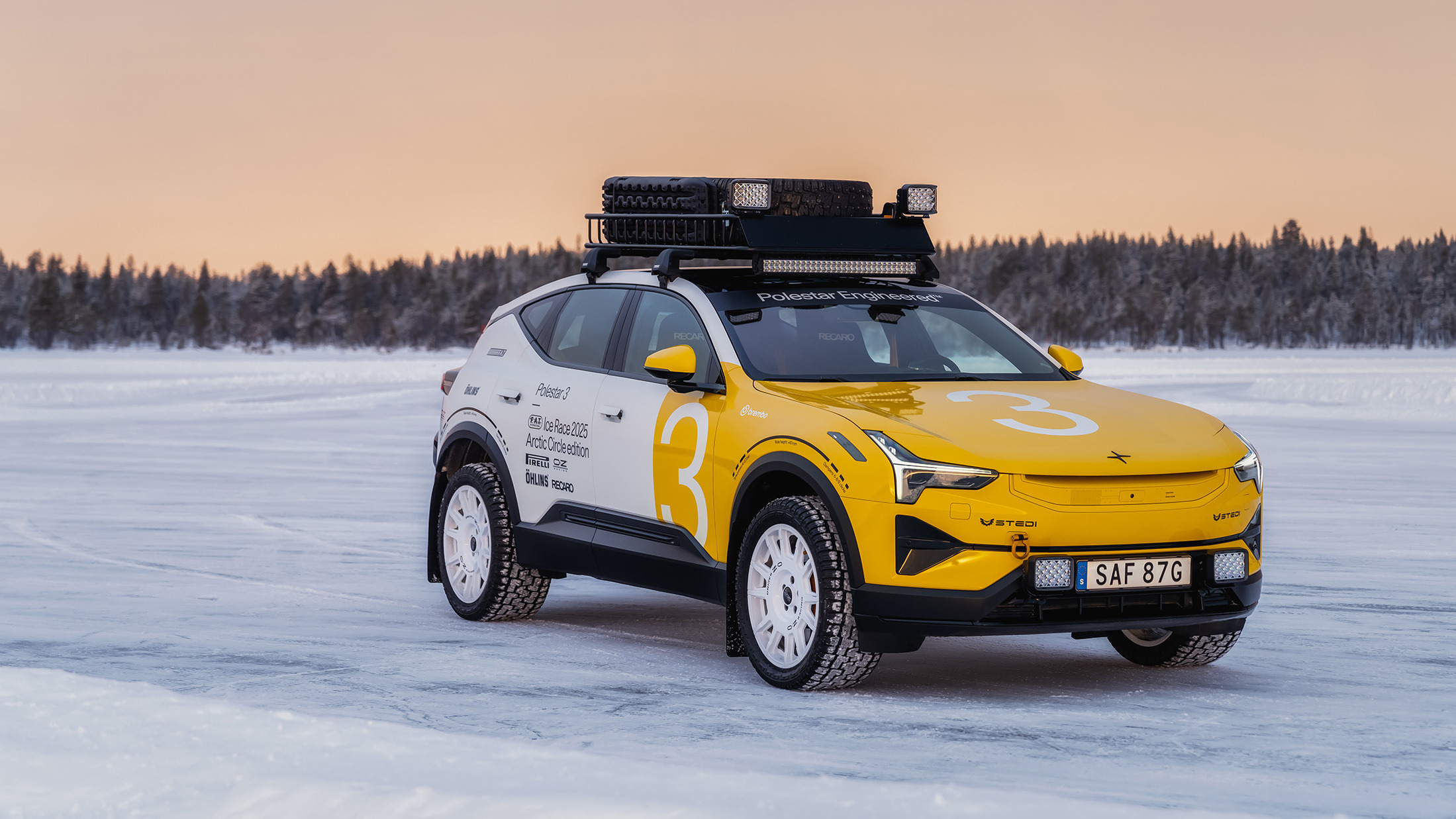 Polestar’s performance DNA is pushed to the fore by the new Arctic Circle collection
Polestar’s performance DNA is pushed to the fore by the new Arctic Circle collectionDesigned for scything across snowy race circuits, the three modified models that make up the Polestar Arctic Circle collection show the company’s sporting abilities to the full
By Jonathan Bell
-
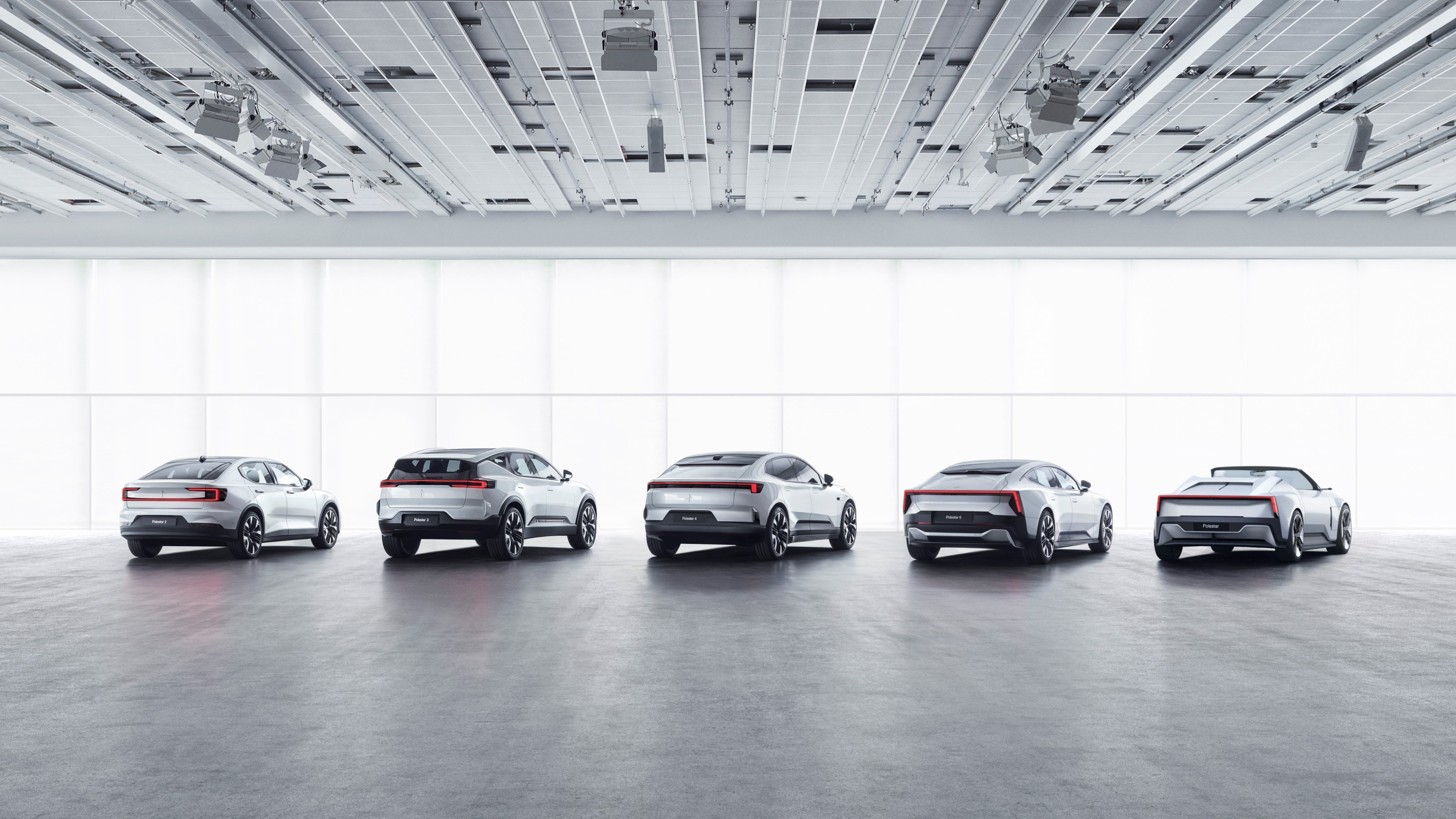 From Polestar 1 to Polestar 6, a definitive guide to the acclaimed EV brand's cars and concepts
From Polestar 1 to Polestar 6, a definitive guide to the acclaimed EV brand's cars and conceptsNow that the new Polestar 3 and 4 are on the road, we take stock of Polestar’s progress and chronicle its evolution, cataloguing all the EV car company’s models and concepts to date
By Jonathan Bell
-
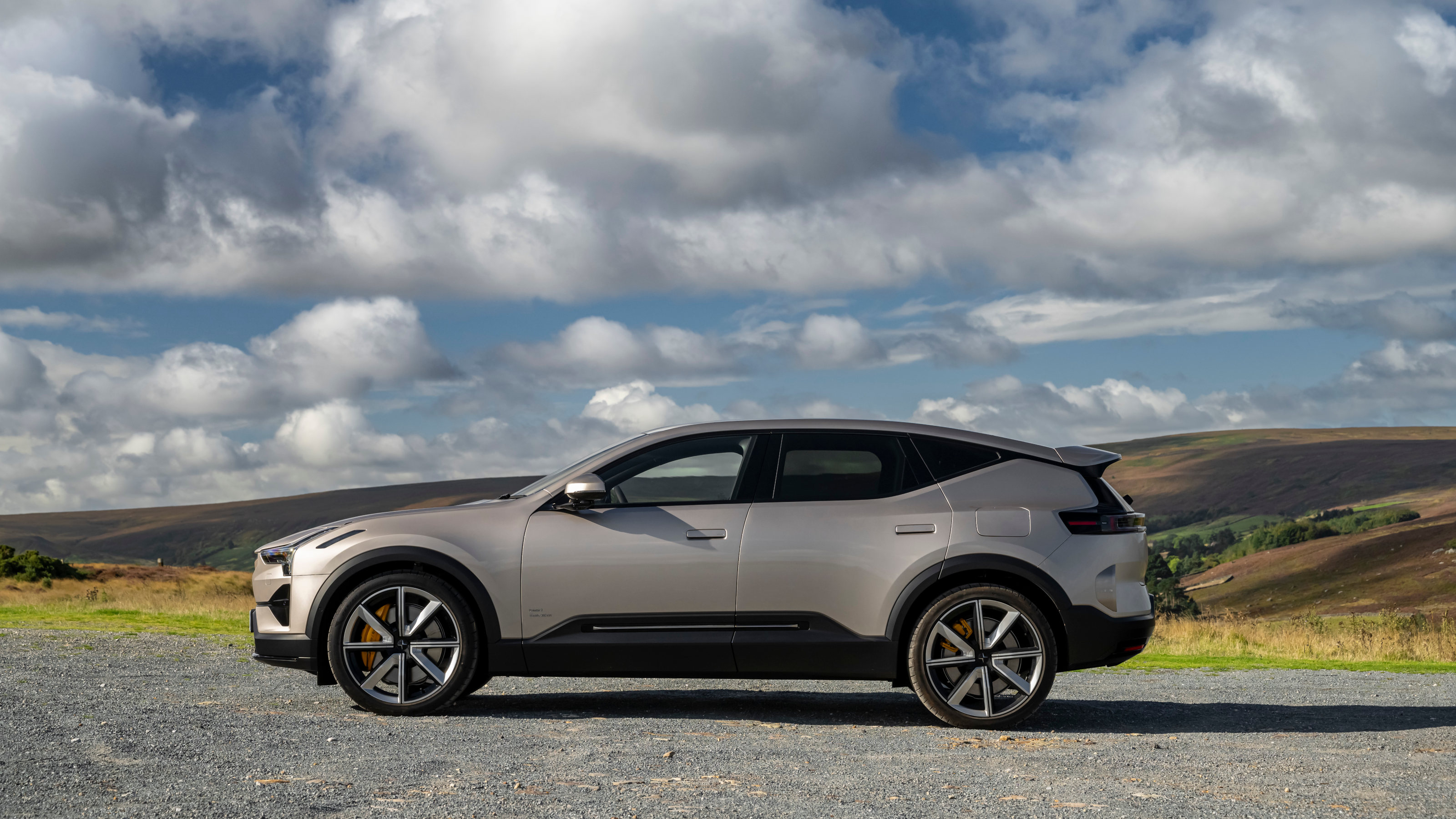 Polestar finally breaks out of its single-model line-up with the Polestar 3 performance SUV
Polestar finally breaks out of its single-model line-up with the Polestar 3 performance SUVLaunched alongside the Polestar 4, the new Polestar 3 is an all-electric SUV that embodies the very best of the Swedish EV brand's approach to design and performance
By Jonathan Bell
-
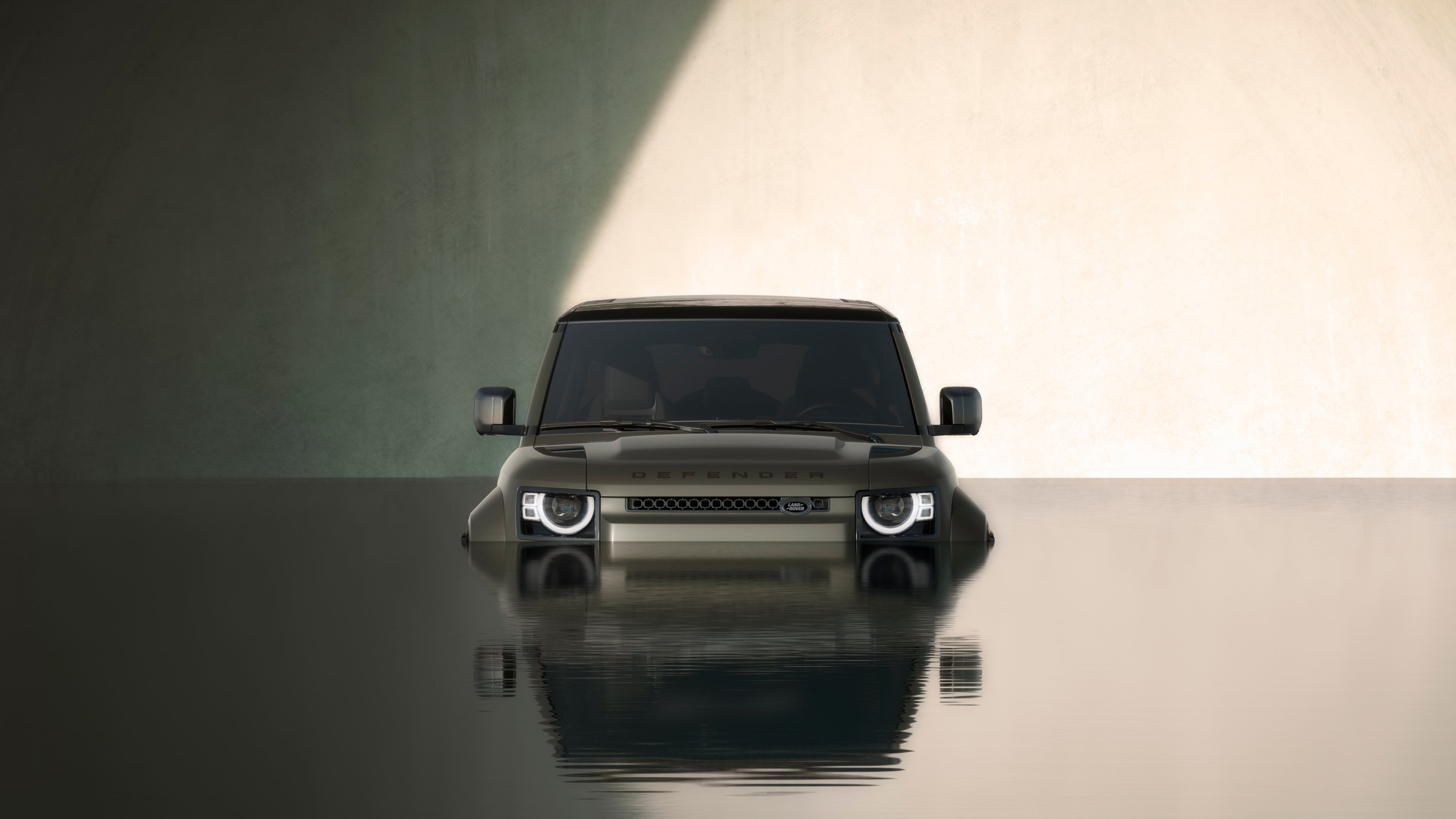 The 2024 Goodwood Festival of Speed hosted a wealth of auto innovation, from hypercars to hot hatches
The 2024 Goodwood Festival of Speed hosted a wealth of auto innovation, from hypercars to hot hatchesThe best new SUVs, EVs, hatchbacks and supercars to emerge from the 2024 Goodwood Festival of Speed
By Jonathan Bell
-
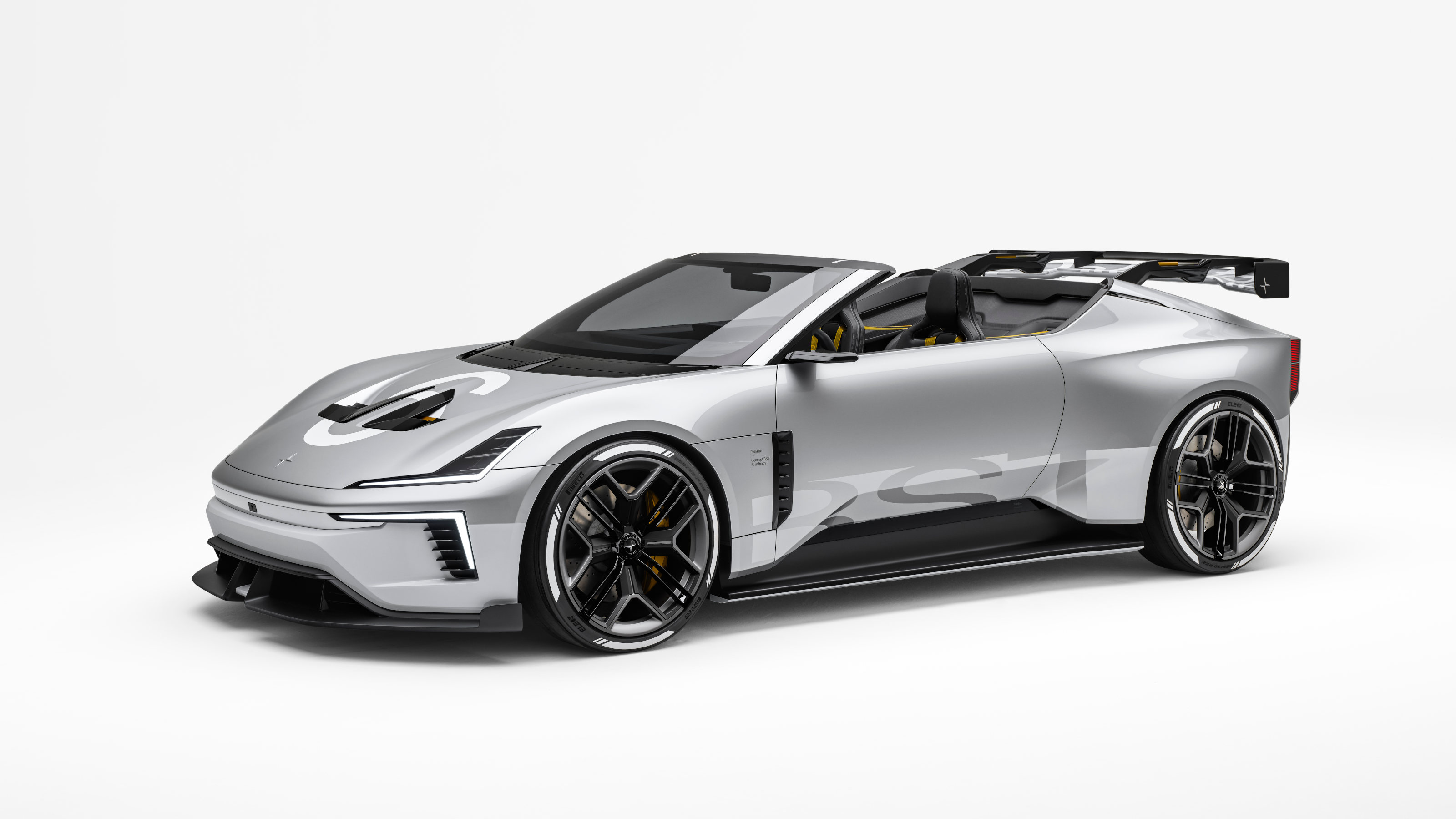 Polestar springs a surprise on the Goodwood crowds, the new Concept BST
Polestar springs a surprise on the Goodwood crowds, the new Concept BSTThe Polestar Concept BST imagines a high-performance variant of the EV maker’s upcoming droptop flagship model
By Jonathan Bell
-
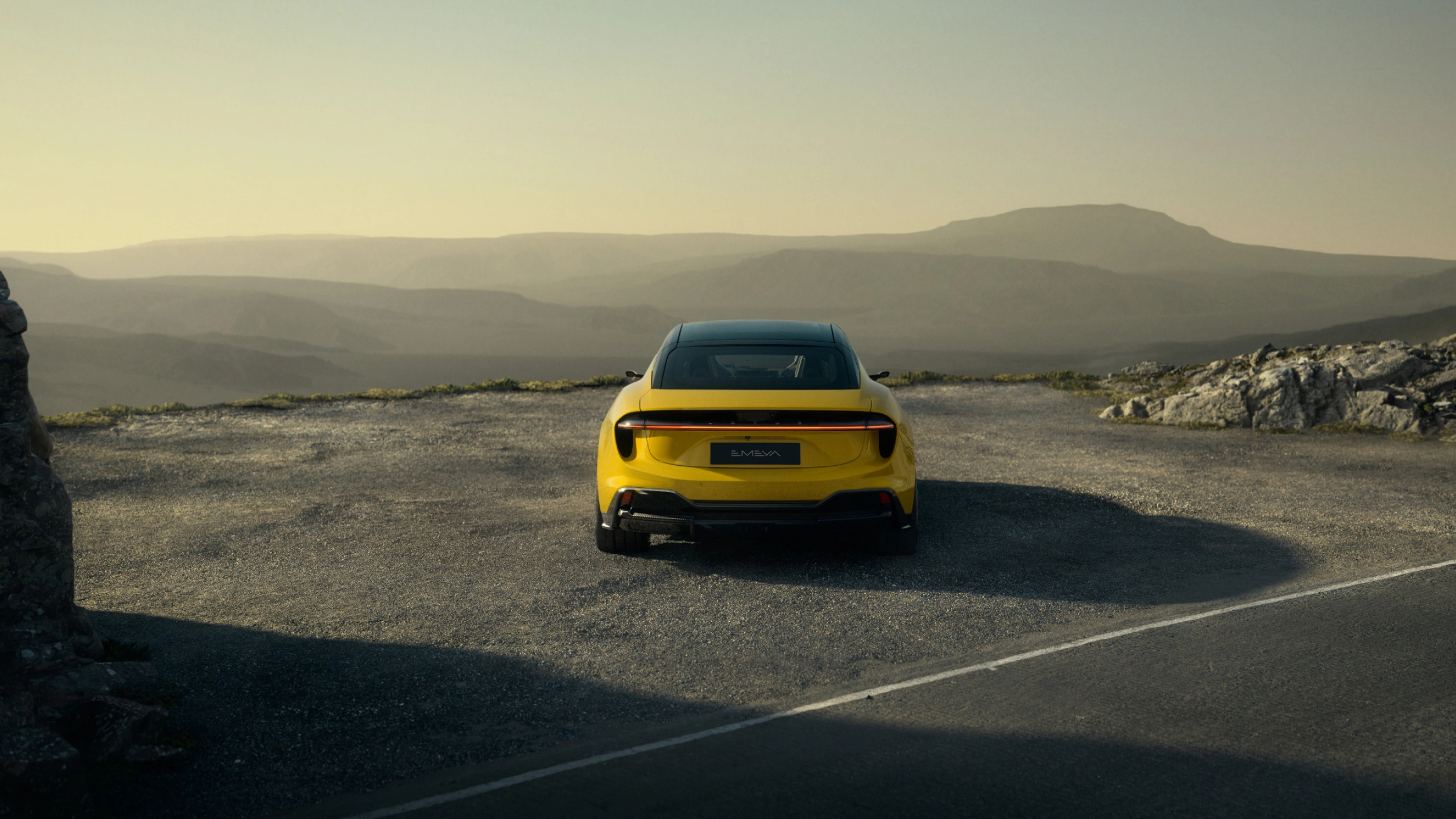 24 transportation design innovations for 2024
24 transportation design innovations for 2024From electric cars to new airports and sports boats, here’s a non-exhaustive list of 24 of the most interesting transportation design innovations to expect in the coming year
By Jonathan Bell
-
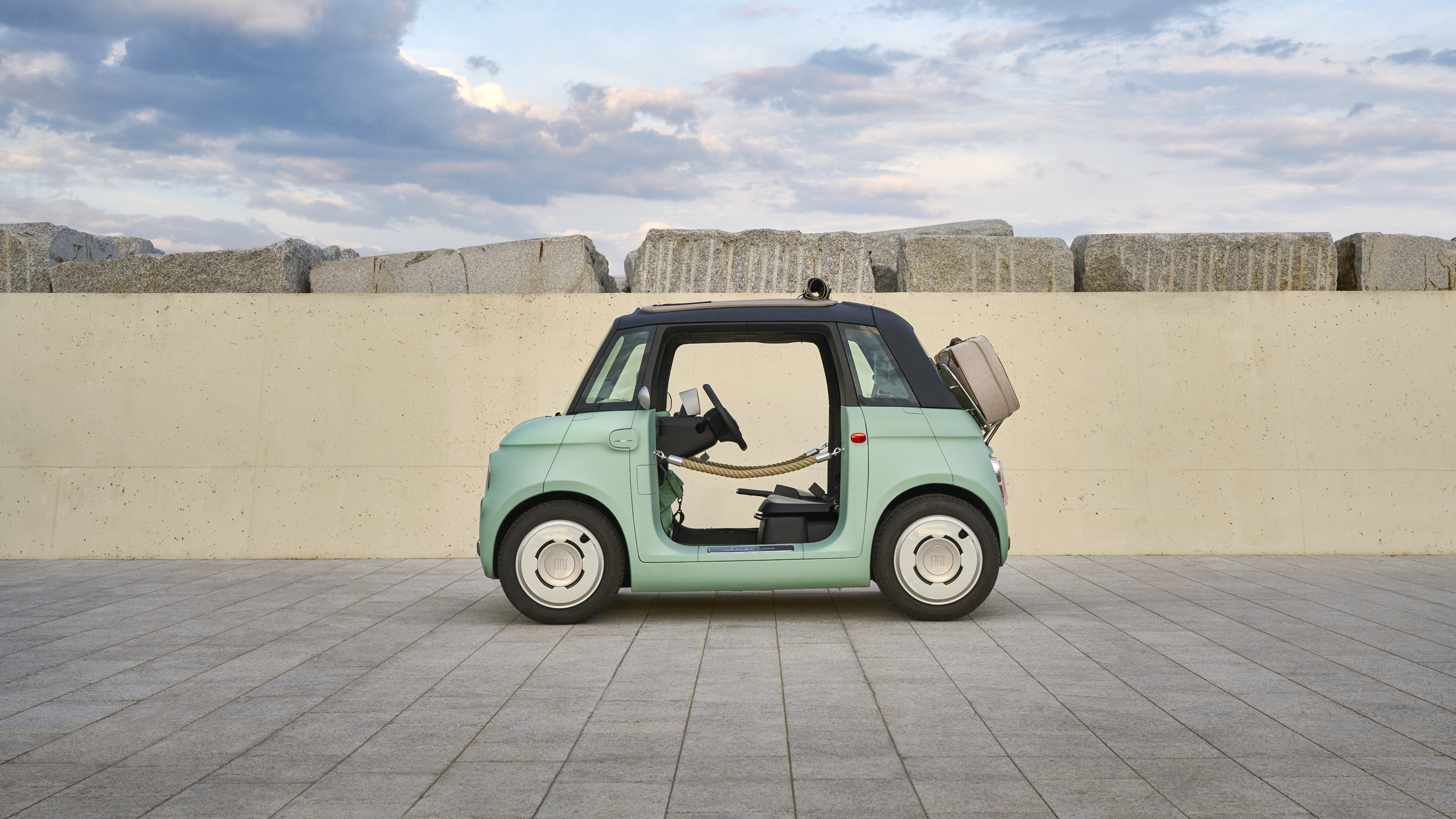 Year in review: top 10 transport design stories of 2023, selected by Wallpaper’s Jonathan Bell
Year in review: top 10 transport design stories of 2023, selected by Wallpaper’s Jonathan BellJonathan Bell’s top 10 transport design stories of 2023 span from electric campers and microcars to flying yachts and classic car recreations
By Jonathan Bell
-
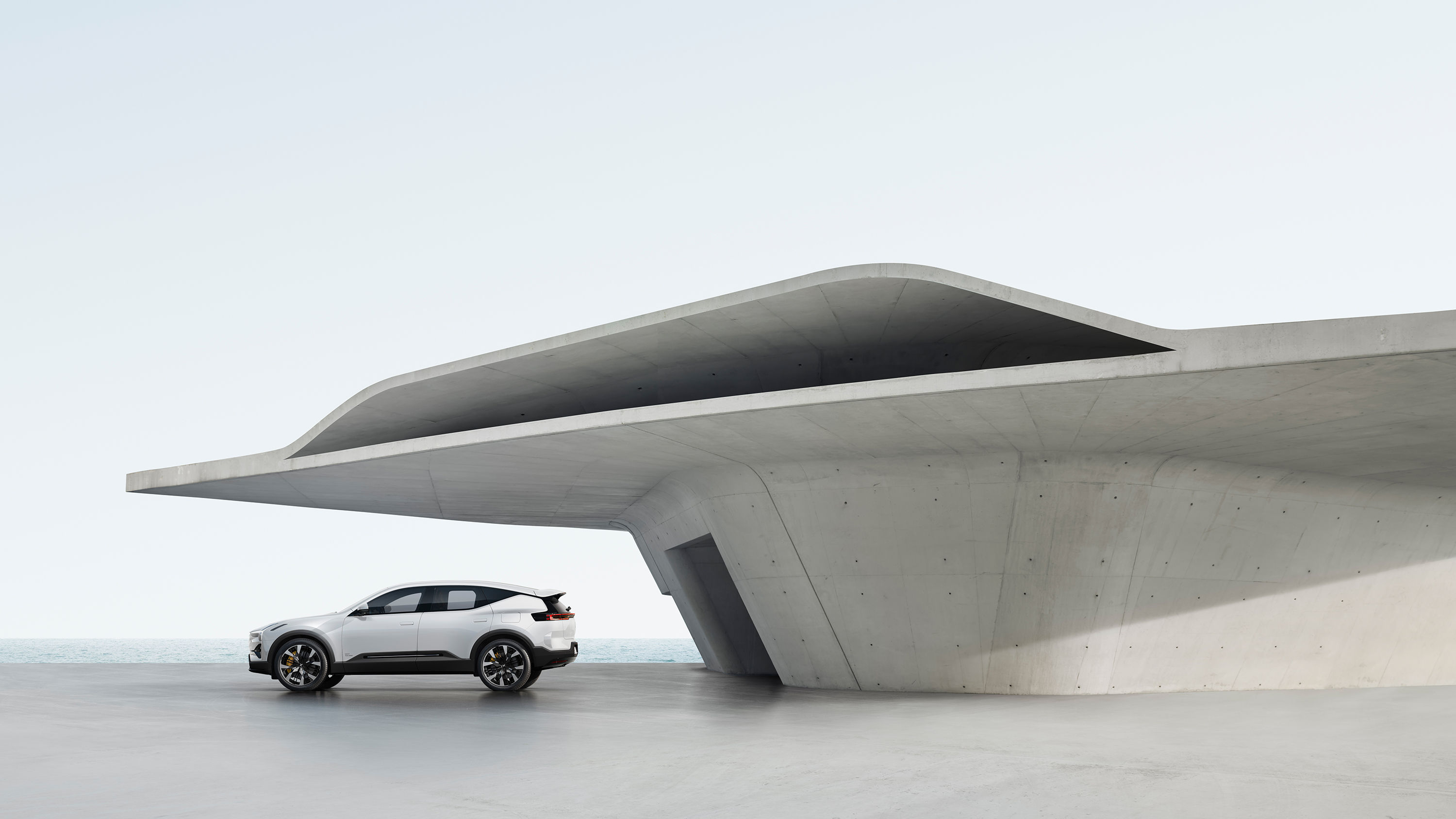 Polestar 3 launches with a campaign shaped by Benedict Redgrove and INK
Polestar 3 launches with a campaign shaped by Benedict Redgrove and INKHyperreal photographic renderings splice the upcoming Polestar 3 electric SUV into a dramatic modern landscape, using designs by Zaha Hadid Architects
By Jonathan Bell